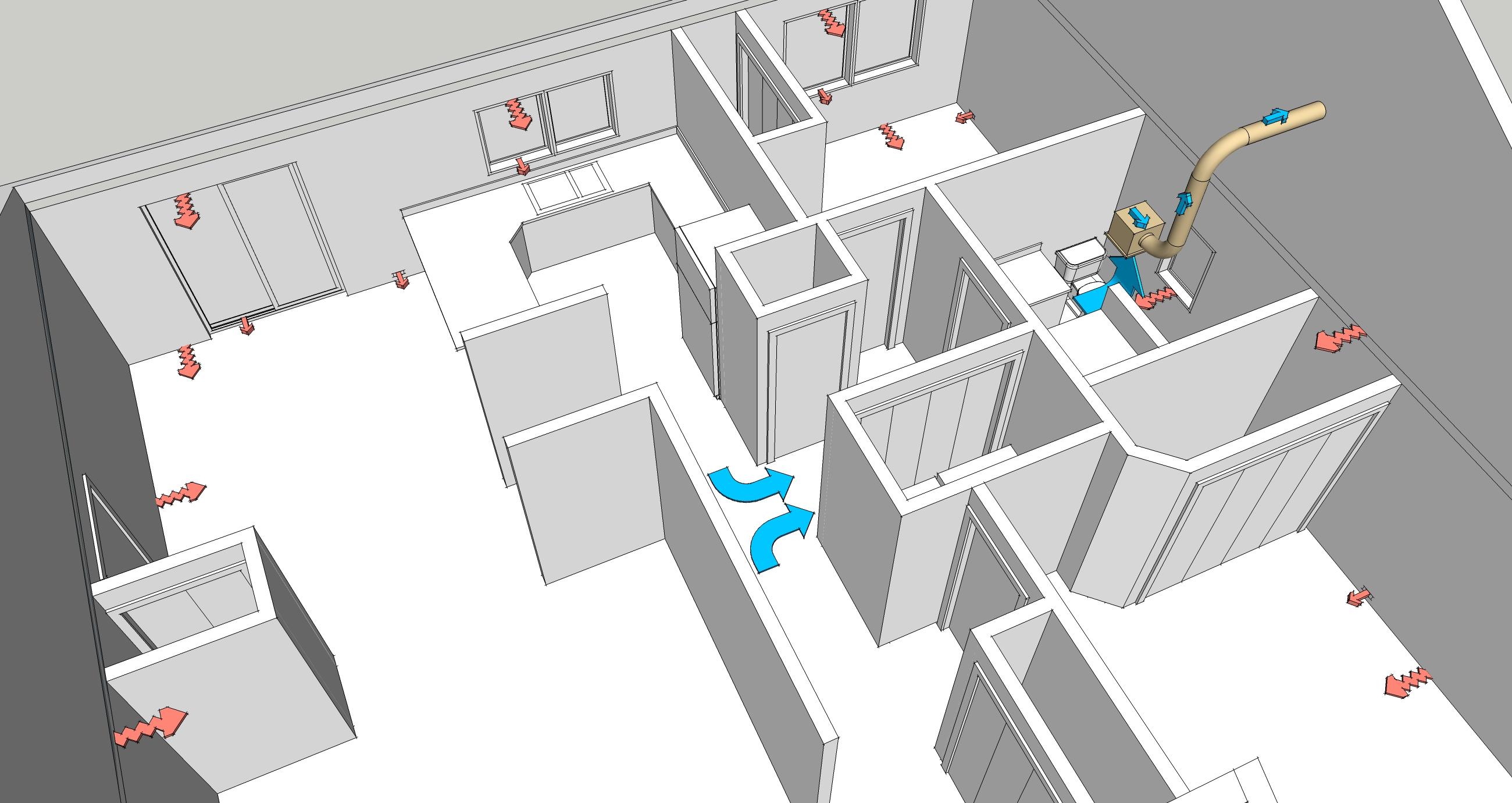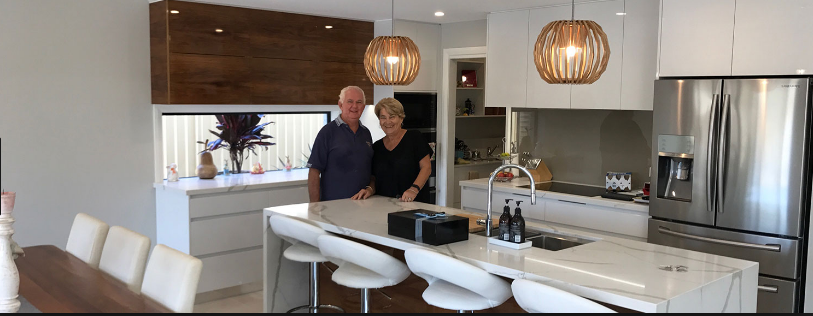Zinc cladding has quickly emerged as a preferred choice in modern architectural design. With its combination of durability, sustainability, and distinctive aesthetic appeal, it’s no wonder that zinc is becoming an essential material for forward-thinking architects. In this blog, we will discuss why zinc cladding is paving the way for the future of architecture.
Exceptional Durability with Minimal Maintenance
One of the most significant advantages of zinc cladding is its longevity. When exposed to the elements, zinc naturally forms a protective layer known as a patina. This layer shields the material from corrosion, ensuring that the cladding remains intact and functional for many years. Unlike other materials that may require frequent repairs or replacements, zinc cladding needs minimal maintenance, making it a long-term, cost-effective solution for architects and building owners.
Sustainability and Environmental Benefits
Zinc is 100% recyclable, which means that once the cladding reaches the end of its lifespan, it can be repurposed, reducing waste. Additionally, the energy used to produce zinc is relatively low compared to other cladding materials, further enhancing its sustainability. By choosing zinc, architects are helping to reduce the environmental impact of construction projects.
Versatile Aesthetic Appeal for Modern Designs
It offers a sleek, modern look that can complement various architectural designers, from traditional to contemporary. Over time, the patina on zinc naturally evolves, changing its appearance and adding character to building facades. Whether used in urban settings or rural locations, zinc provides a refined yet functional finish that enhances any design.
It also allows for creative flexibility. It can be applied in a range of forms, including flat panels, curved surfaces, and even in combination with other materials. For example, panelrib cladding is a variant of zinc cladding that offers a ribbed texture, adding visual interest and depth to building exteriors. This adaptability makes it easy for architects to experiment with different styles and create unique facades.
Cost-Effectiveness Over Time
While the initial cost may be higher compared to some other materials, its long lifespan and low maintenance requirements make it a cost-effective option in the long run. Fewer repairs and replacements mean that the overall life cycle cost of a building using zinc cladding is lower. This makes it an appealing choice for both new builds and renovations, where long-term value is a priority.
In conclusion, zinc cladding is not just a passing trend but a material that is shaping the future of modern architecture. With its outstanding durability, sustainability, aesthetic flexibility, and cost-effectiveness, it is well-positioned to be a key player in the architecture of tomorrow. As the industry continues to evolve, it will undoubtedly remain a top choice for forward-thinking designers and architects.



